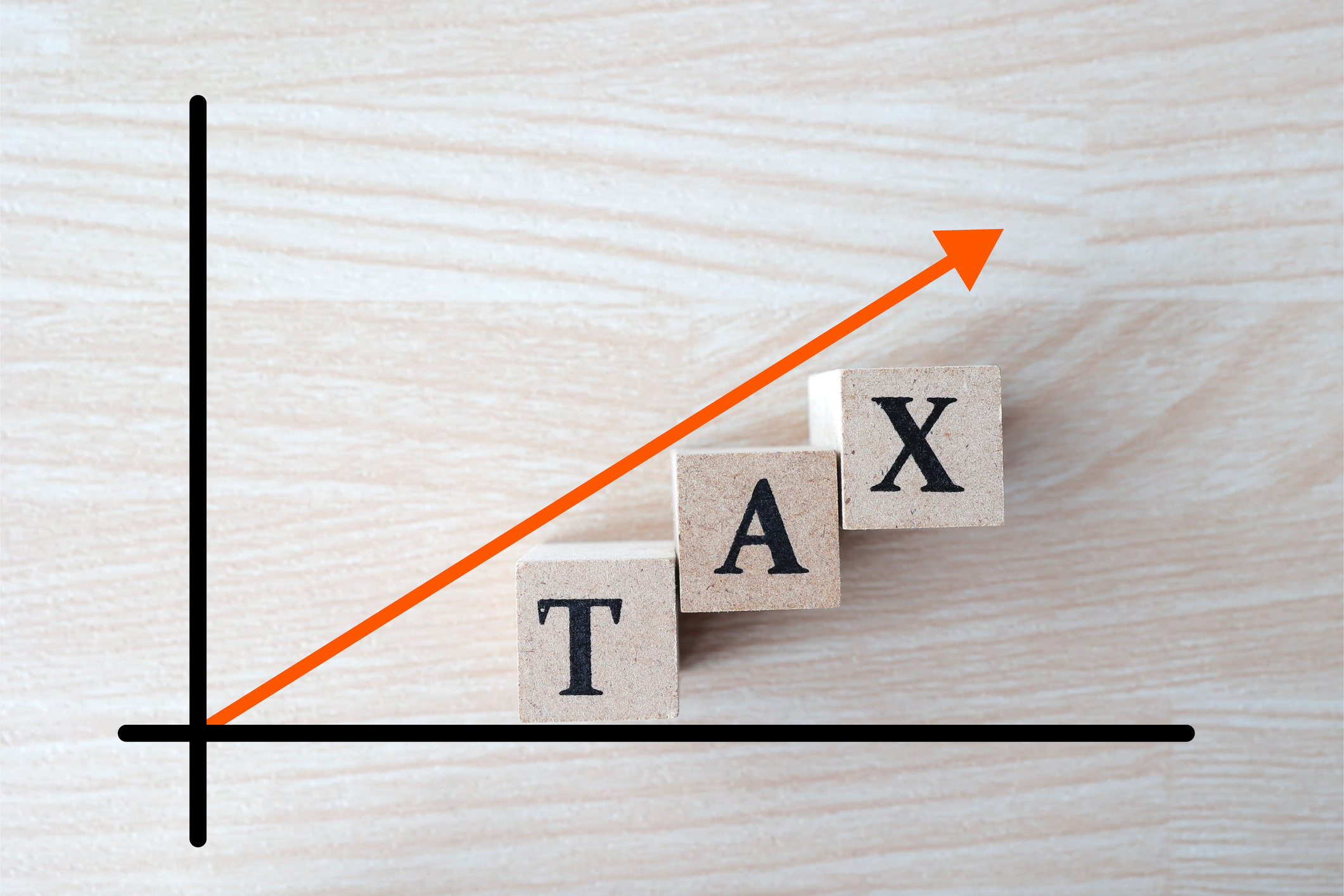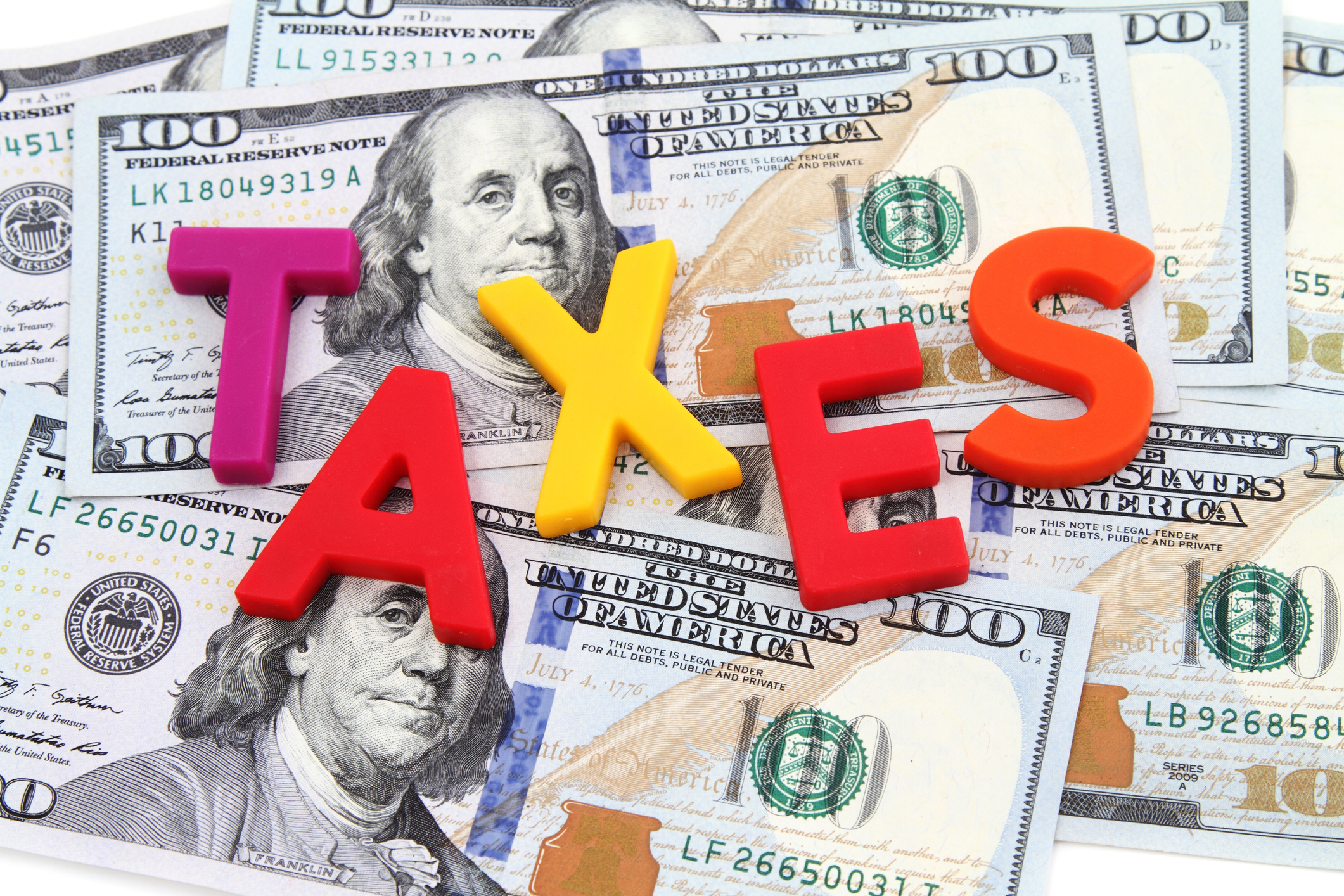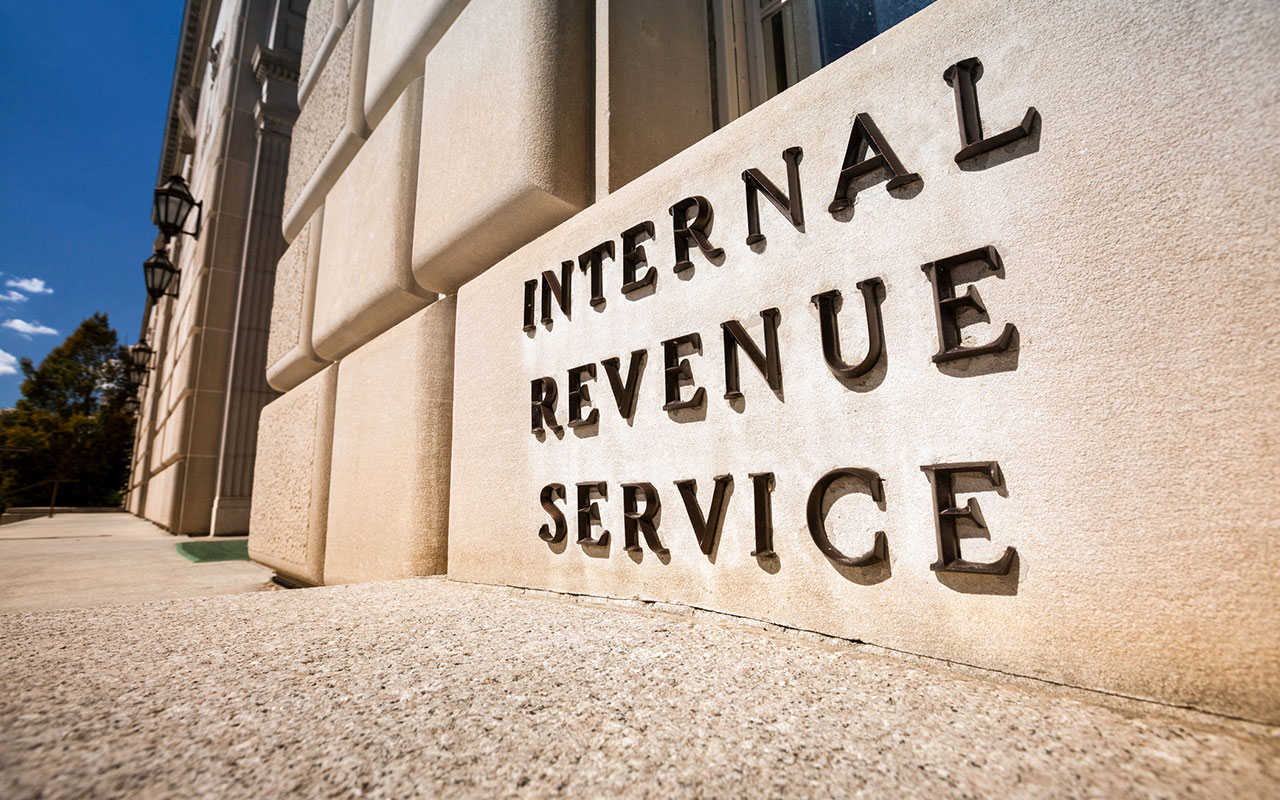Take Credit for Your Kids
Each qualifying child could slash your tax bill by up to $1,000.

Thanks to a flurry of year-end tax legislation, eligible families will continue to benefit from a $1,000 tax credit for each child under age 17 when they file their 2010 taxes -- and for each of the next two years. (A tax credit, which reduces your tax bill dollar-for-dollar, is more valuable than a tax deduction, which merely reduces the amount of income that is taxed.)
In these tough economic times, when many families have seen their income slashed, some taxpayers also may qualify for an expanded Additional Child Tax Credit, which could trigger a refund even if no tax is due.
Basic child credit
You can claim a tax credit of up to $1,000 for each of your children under age 17 as long as you meet the income eligibility requirements. The qualifying child must satisfy the relationship and residency test and not have provided more than half of his or her own support. Barring further congressional action, the child tax credit is scheduled to revert to $500 per qualifying child on January 1, 2013.

Sign up for Kiplinger’s Free E-Newsletters
Profit and prosper with the best of expert advice on investing, taxes, retirement, personal finance and more - straight to your e-mail.
Profit and prosper with the best of expert advice - straight to your e-mail.
The child credit phases out in $50 increments for each $1,000 (or fraction thereof) by which your adjusted gross income (AGI) exceeds $75,000 for individuals or $110,000 for married couples filing jointly ($55,000 for married filing separately). The income level at which the credit completely disappears depends on the number of qualifying children.
For example, a married couple filing jointly with one child would lose the credit completely when their income topped $129,001. But with two children, they could claim at least part of the child credit until their income exceeded $149,001, and with three children, the credit would disappear once their AGI topped $169,001. Use Form 8812 to claim the child tax credit.
Refundable credit
Some low-income families qualify for a refundable child tax credit, which was increased significantly as a result of the economic stimulus package passed in 2009. Lowering the income threshold to $3,000 boosts the size of the refund available to qualifying taxpayers. It’s designed to put cash in the hands of Americans who may have lost their jobs or had their hours cut back during this recession.
For example, a single mother of two children with $10,000 of earned income would owe no tax after claiming a standard deduction and personal exemptions for each member of her household. So the $2,000 child credit normally would go to waste because she owes no tax. But under the revised law, she is able to claim a refundable tax credit worth the lesser of the unused child tax credit—in this case $2,000—or 15% of her earned income that exceeds the $3,000 threshold. In this example, her $7,000 of income over the threshold would translate into a refund of $1,050.
Child-Care CreditIf you pay someone to watch your child while you and your spouse work—or while you are looking for work—you may be able to write off some of your expenses for children up to age 13 or older children who are physically or mentally disabled. You can claim a tax credit for a portion of your expenses or use a flexible spending account at work, which allows you to pay your child-care costs with pretax dollars.
The child-care tax credit covers 20% to 35% of what you spend, depending on your income. Taxpayers with AGIs of $15,000 or less get the top credit of 35%, and the rate gradually declines until it bottoms out at 20% for taxpayers with income above $43,000. The maximum credit is $3,000 for one child and $6,000 for two or more children.
The flex plan is often a better deal for higher-income workers because the money set aside for child-care costs not only escapes income tax, it also avoids the 7.65% Social Security and Medicare tax. So if you’re in the 25% federal tax bracket, running the maximum $5,000 of child-care expenses through your flex plan avoids a 32.65% tax hit, lowering your tax bill by $1,633. You'll save even more if your FSA contribution escapes state income taxes, too.
If the flex plan is better for you, note this twist: Although you can’t shelter more than $5,000 in a flex plan, the maximum child-care credit for two or more children is $6,000. So even if you max out your flex plan, you may be able to claim up to $1,000 of additional expenses through the child-care credit. That could lower your tax bill by $200 or more.
Get Kiplinger Today newsletter — free
Profit and prosper with the best of Kiplinger's advice on investing, taxes, retirement, personal finance and much more. Delivered daily. Enter your email in the box and click Sign Me Up.

-
 Get Netflix, Hulu and Apple TV Plus for Free by Joining T-Mobile
Get Netflix, Hulu and Apple TV Plus for Free by Joining T-MobileT-Mobile customers save up to $35/month on streaming services thanks to this Netflix, Hulu and Apple TV Plus bundle. Here’s how to get it.
By Rachael Green
-
 Missed Tax Day? Nearly One Million Taxpayers Still Can File and Claim Valuable Tax Refunds
Missed Tax Day? Nearly One Million Taxpayers Still Can File and Claim Valuable Tax RefundsTax Refunds Some folks don’t file taxes simply because they don’t earn enough, but they could be missing out on a significant tax refund.
By Gabriella Cruz-Martínez
-
 Missed Tax Day? Nearly One Million Taxpayers Still Can File and Claim Valuable Tax Refunds
Missed Tax Day? Nearly One Million Taxpayers Still Can File and Claim Valuable Tax RefundsTax Refunds Some folks don’t file taxes simply because they don’t earn enough, but they could be missing out on a significant tax refund.
By Gabriella Cruz-Martínez
-
 Which Generation Pays the Most Tax in the US?
Which Generation Pays the Most Tax in the US?Tax Burden Polls show that most people feel like taxes are unfair. But which age group bears the brunt of the tax burden in the United States?
By Kelley R. Taylor
-
 How the Trump Harvard IRS Tax Threat Could Impact You
How the Trump Harvard IRS Tax Threat Could Impact YouTax Law Trump's latest higher education showdown raises fundamental questions that could reach beyond Harvard's nonprofit tax status.
By Kelley R. Taylor
-
 Tax Day 2025: Don’t Miss These Freebies, Food Deals and Discounts
Tax Day 2025: Don’t Miss These Freebies, Food Deals and DiscountsTax Day You can score some sweet deals on April 15 in some select restaurants like Burger King, Shake Shack, and more.
By Gabriella Cruz-Martínez
-
 Tax Time: Does Your Kid Influencer Owe Taxes?
Tax Time: Does Your Kid Influencer Owe Taxes?State Tax Some minors are making big money on social media. Here’s how to know if they need to file taxes.
By Gabriella Cruz-Martínez
-
 Trump Plans to Terminate IRS Direct File program
Trump Plans to Terminate IRS Direct File programTax Filing The IRS Direct File program was piloted last year in 12 states and has since expanded to 25. But will it last under the Trump administration?
By Gabriella Cruz-Martínez
-
 Did Florida’s Chance at $1,000 in Property Tax Rebates Vanish?
Did Florida’s Chance at $1,000 in Property Tax Rebates Vanish?State Taxes The Florida Legislature bypassed Gov. Ron DeSantis’ wish to cut property taxes and instead voted to lower the state’s sales tax.
By Gabriella Cruz-Martínez
-
 How Caregivers for Adults Can Save on Taxes in 2025
How Caregivers for Adults Can Save on Taxes in 2025Tax Breaks Caring for your parent or spouse can be stressful, but the IRS offers tax breaks for qualifying taxpayers. Here they are.
By Kate Schubel